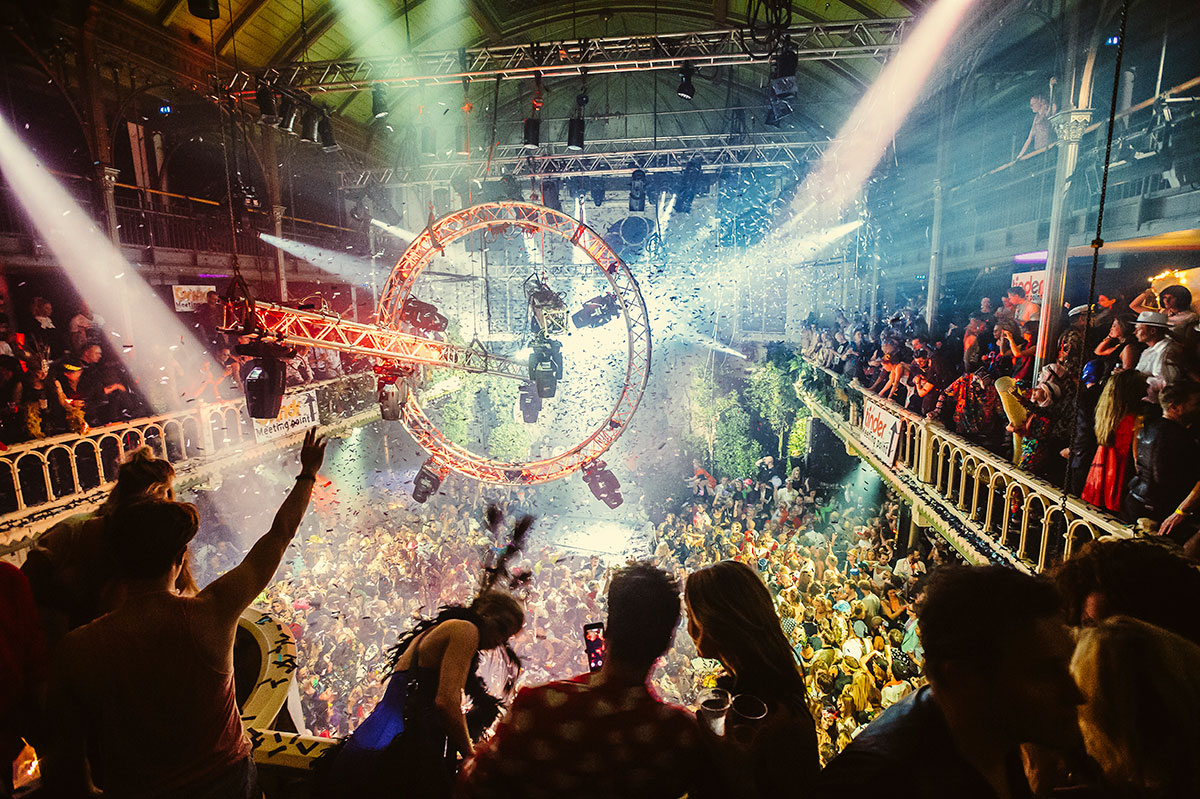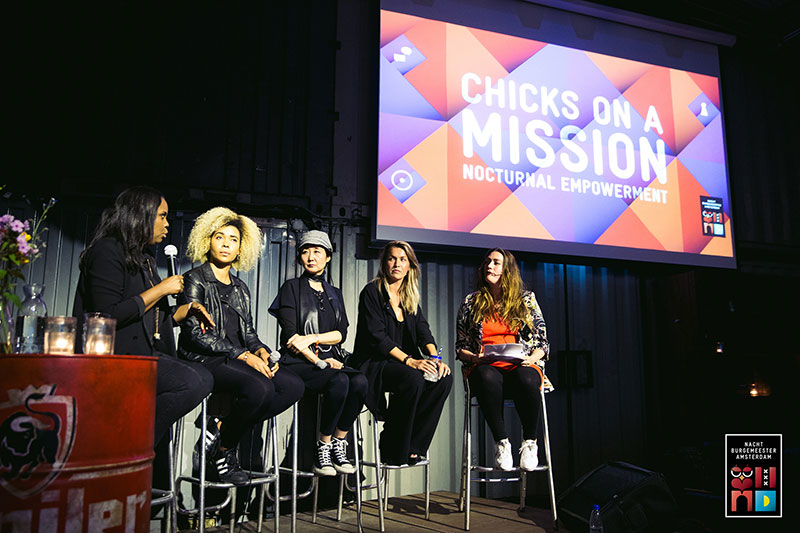
Harnessing the Energy of the Market to Improve the Night
août 26, 2019 — The Big Picture
The urban night has been a place for cultural innovation for many decades. Entire social and cultural streams have been created through artistic communities breaking the rules and experimenting with different forms of expression.
Music is one of the best examples of how a genre can influence the way how people think, dress, and act. In the second part of the seventies punk shaped London musical history and social debate, as did modern-day hip hop culture from New York and techno culture from Berlin in the nineties. Music scenes shape a city’s identity and are a big driver for its success. The city’s nightlife contributes and strengthens the (inter)national position of cities as creative capitals. Here, like-minded individuals find each other and creative talent develops, allowing the creative industry to bloom and improving the urban economy. Nowadays many city governments can sometimes underestimate how much impact cultural vibrancy has – especially those with a growing population and a lack of space in inner cities. But to be able to experiment in art and culture, artistic communities need accessible and affordable space to meet, rehearse, and perform.

We believe that rule breaking can lead to positive change[1]. Often people think that real change requires big investments but an alternative is expertise combined with experimentation. This is where the magic is. To improve cultural vibrancy in cities, there are three key factors that are crucial for success: 1. A strong creative community and its output, 2. affordable and accessible creative space and 3. a supportive policy framework. These three elements are always in place when cultural innovation is happening. Based on this principal, together with my business partner Berlin’s Club Commissioner Lutz Leichsenring, we created a nightlife impact study called Creative Footprint[2]. At the moment we’re researching Tokyo and have previously focused on New York (2018) and Berlin (2017). Creative Footprint finds answers that push back against gentrification and empowers night scenes to influence decisions makers. During my period as the night mayor of Amsterdam, I learned that policy changes always come in small steps. Therefore it’s important to start pilot projects and experiments that show the relevance of cultural driven nightlife communities. Often when people go out at night to see a live show or hear their favorite dj play, they won’t cause problems for authorities. Slowly but surely city governments start to understand the difference between problematic alcohol driven nightlife and culturally relevant night scenes but we still have a long way to go. These creative communities can lead to positive change when they get the opportunity to combine their talent and expertise in a setting where rule breaking focuses on what’s left to learn.

Unless leadership will stand up against big market players, cities, districts, and neighborhoods will continue to gentrify and push artistic communities further out of the city. Therefore, we summon cities around the world to think about how they can bend the energy of the market[3] into something positive and harness the power of the artists that bring vibrancy, culture, and change to our cities.
1. Rebel Talent, Why its Pays to Break the Rules at Work and in Life. Francesca Gino, UK 2019
2. https://www.creative-footprint.org/
3. https://charleslandry.com/themes/creative-bureaucracy/
Featured image: © Dennis Bouman